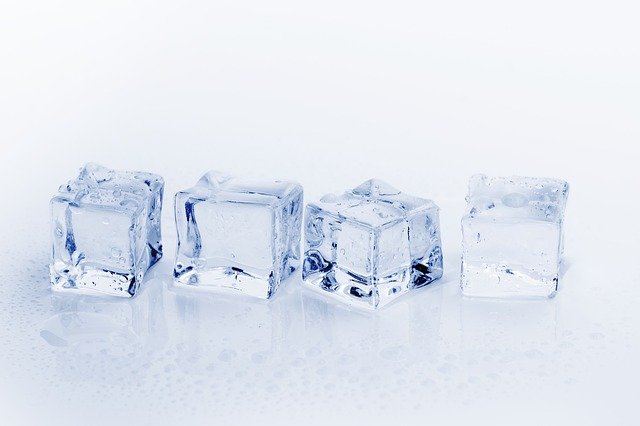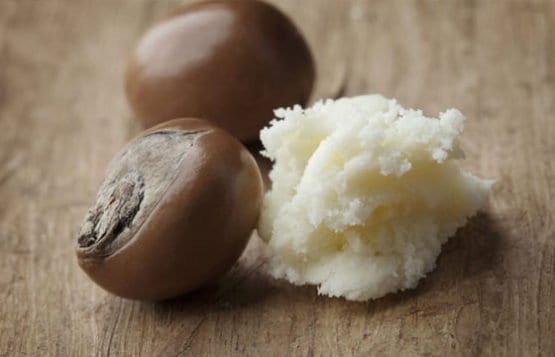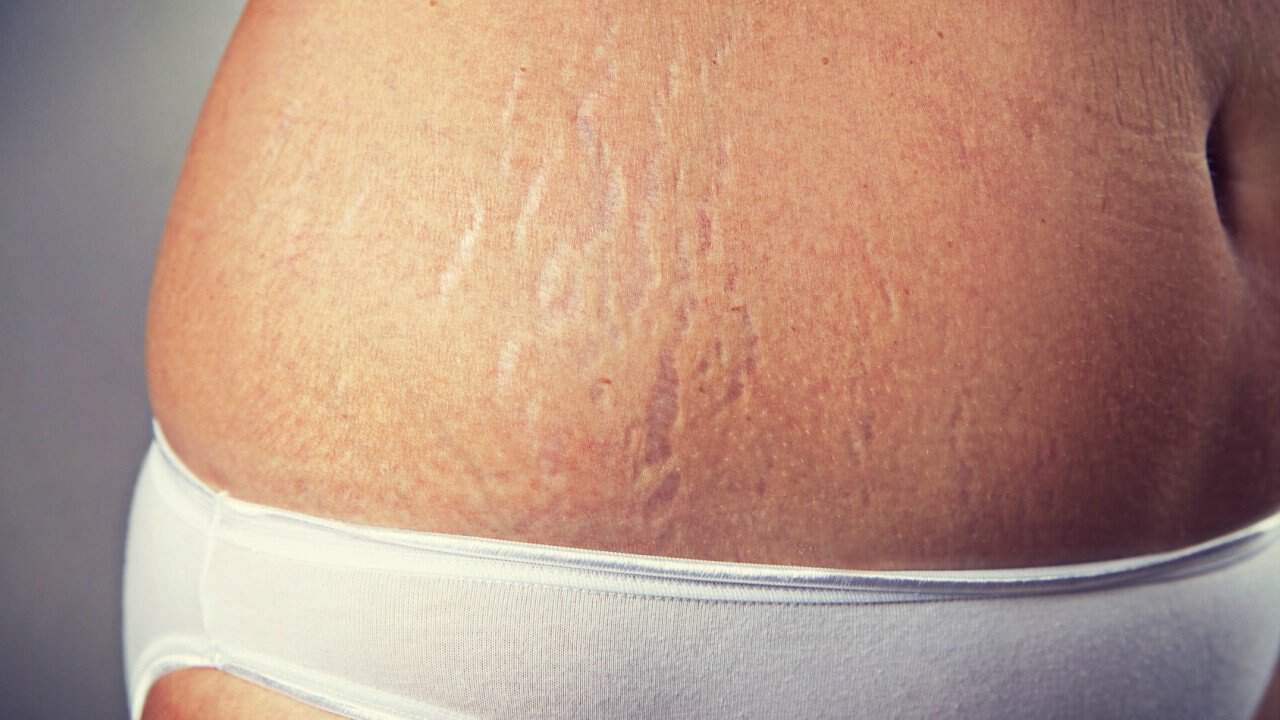Stretch marks after pregnancy can evoke different emotions in women. For some, they symbolize the challenges and triumphs faced during the nine-month journey; a badge of honor that represents their strength and resilience. These mothers embrace their stretch marks with pride, seeing them as physical reminders of the incredible life they brought into the world.
On the other hand, many women find these marks undesirable and unsettling, feeling a significant dip in self-esteem as a result. For this group of individuals, the goal is to find effective methods to minimize or eliminate these blemishes as soon as possible. In this article, we’ll be exploring various solutions to address the concerns of those seeking to rid themselves of post-pregnancy stretch marks.
Chapter Overview
What Are Stretch Marks and How Do You Get Them?
Stretch marks, also known as striae gravidarum, are a form of depressed scarring that appears as visible streaks in the top layer of the skin. They tend to appear when the skin stretches rapidly, such as during pregnancy, puberty, or times of significant weight gain or loss. This rapid skin stretching causes the skin’s elasticity to break down, leading to the formation of these streaks.
Factors that contribute to stretch marks include the following:
- Pregnancy: Rapid weight gain and subsequent weight loss after pregnancy increase the risk of developing stretch marks.
- Rapid weight gain or loss: Skin does not have enough time to recover, leading to scarring.
- Medication use: Certain medications for adrenal gland disease can also contribute to the formation of stretch marks.
In addition, during pregnancy, our body produces less elastin and collagen, two essential compounds for maintaining healthy skin. Stretch marks typically begin as dark brown or purple streaks and can gradually fade into a lighter color over time, leaving a scar-like texture on the skin.
How Common Are Stretch Marks?
Stretch marks are incredibly common, especially during pregnancy. In fact, 90% of pregnant women experience stretch marks on their belly, breasts, thighs, buttocks, and other areas. They often appear in the third trimester due to rapid weight gain, hormonal changes, and genetic factors. Here’s a quick overview:
- Areas affected: belly, breasts, thighs, hips, upper arms, abdomen, and buttocks
- Causes: rapid weight gain, hormonal fluctuations, growth spurts, genetic factors, and family history
- Timeframe: typically during the third trimester
We must remember that stretch marks are a normal part of pregnancy and should be embraced as a sign of our incredible nurturing abilities.
Can You Prevent Stretch Marks?
We can’t assure complete prevention, but we can take steps to minimize the risk of stretch marks. Here are some tips:
- Boost collagen production: Maintain a healthy diet rich in vitamins C, E, and zinc to promote collagen formation.
- Keep skin moisturized: Using moisturizer regularly helps maintain skin elasticity and reduce stretch marks risk.
- Promote elastin: Exercise regularly to boost elastin and elastic fibers production in the skin.
Remember, consistency is key to achieving the best results.
How To Remove Stretch Marks?
Massage With Oil

Massaging with oil is an effective remedy to remove stretch marks. Apply oils such as coconut oil, olive oil, or shea butter to help increase blood flow and break up scar tissue. Here are some oil suggestions:
- Vitamin E oil: moisturizes and provides antioxidants for your skin
- Olive oil: moisturizes, exfoliates, and improves blood circulation
- Castor oil: natural moisturizer with anti-inflammatory effects
- Coconut oil: rich in fatty acids and nourishes the skin
Aloe Vera

Aloe vera is an excellent natural remedy for healing and soothing the skin. Rub fresh aloe vera gel directly on your skin, leave it for 15 minutes, and rinse off with lukewarm water. Apply daily on the affected area.
Honey

Honey has antiseptic properties, moisturizes, and softens the skin. Apply honey on a small cloth and place it on the affected area. Leave it until it dries out completely, then rinse off with warm water.
Egg Whites

Egg whites are rich in protein, which helps your skin retain elasticity and promote growth of skin cells. Apply a thick layer of beaten egg whites on the affected area, let it dry completely, and rinse off. Repeat daily until you see results.
Ice Cubes

Ice cubes can help reduce inflammation caused by stretch marks. Rub ice on the skin to relieve swelling and prevent stretch marks from growing.
Shea and Cocoa Butter

Both shea and cocoa butter have excellent skin benefits. Apply on the affected area regularly, leave it for 15-20 minutes, and rinse off. They can prevent dryness, improve elasticity, and maintain moisture levels.
Lemon Juice

The acidic property of lemon juice helps your skin heal and get rid of stretch marks. Rub fresh lemon juice on the affected area, leave it for 10 minutes, and rinse off with warm water. Apply daily for best results.
Extra Tips
We want to provide you with some additional tips to help keep your skin free of stretch marks:
- Stay hydrated: Drinking plenty of water during pregnancy can minimize the risk of stretch marks.
- Moisturize your skin: Regularly using a moisturizer maintains smooth and elastic skin during pregnancy.
- Avoid retinol-based products: These can dry your skin and make it more prone to stretch marks during pregnancy.
- Exercise: Engaging in physical activity, both during and after pregnancy, can improve skin and muscle tone while removing toxins through sweat.
- Weekly exfoliation: Gently exfoliating once a week helps remove dead skin cells and promote new skin cell growth.
To find the best stretch mark creams for 2019, click here. Remember, always consult your dermatologist for professional advice regarding your skin care and health.

